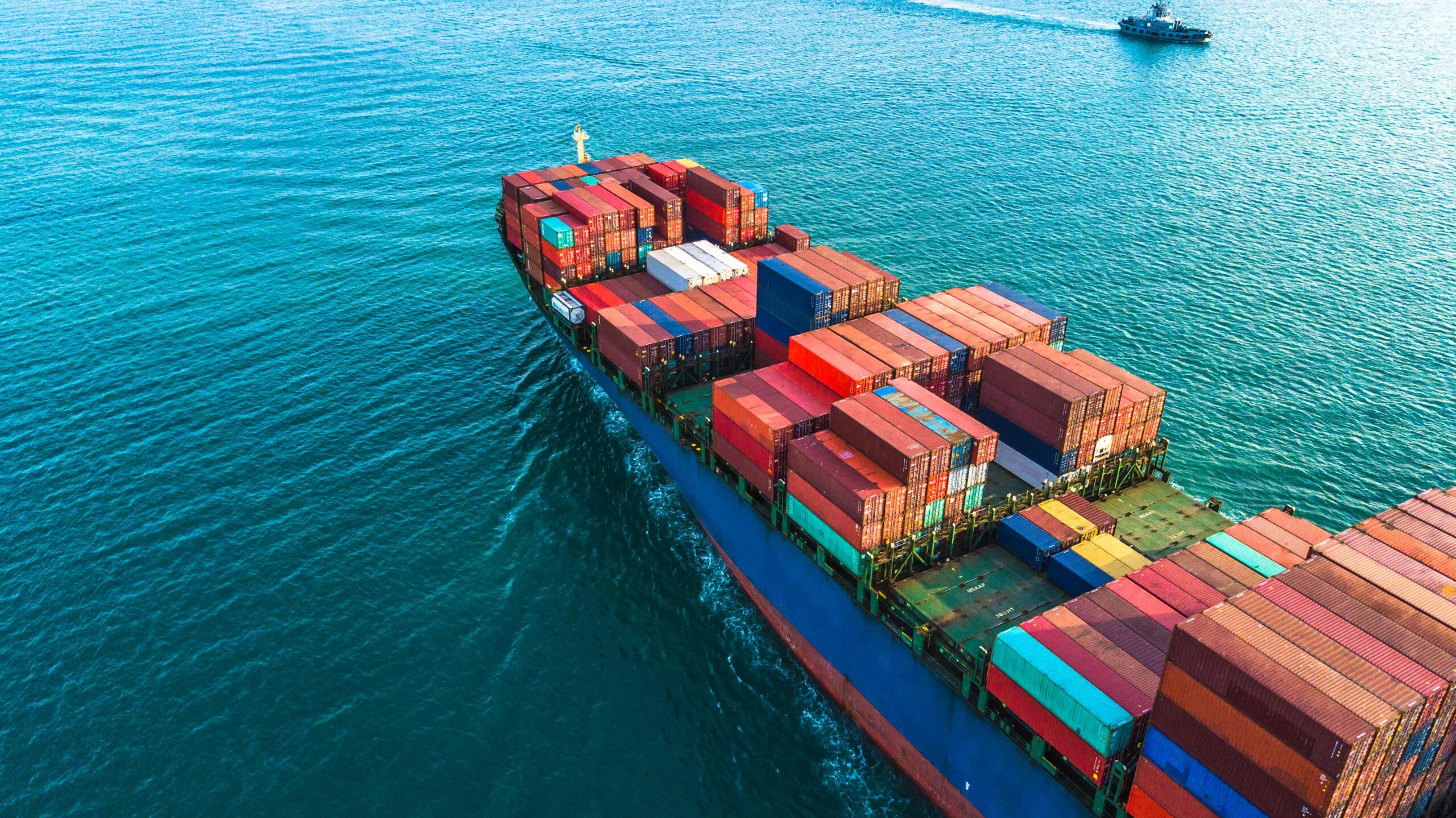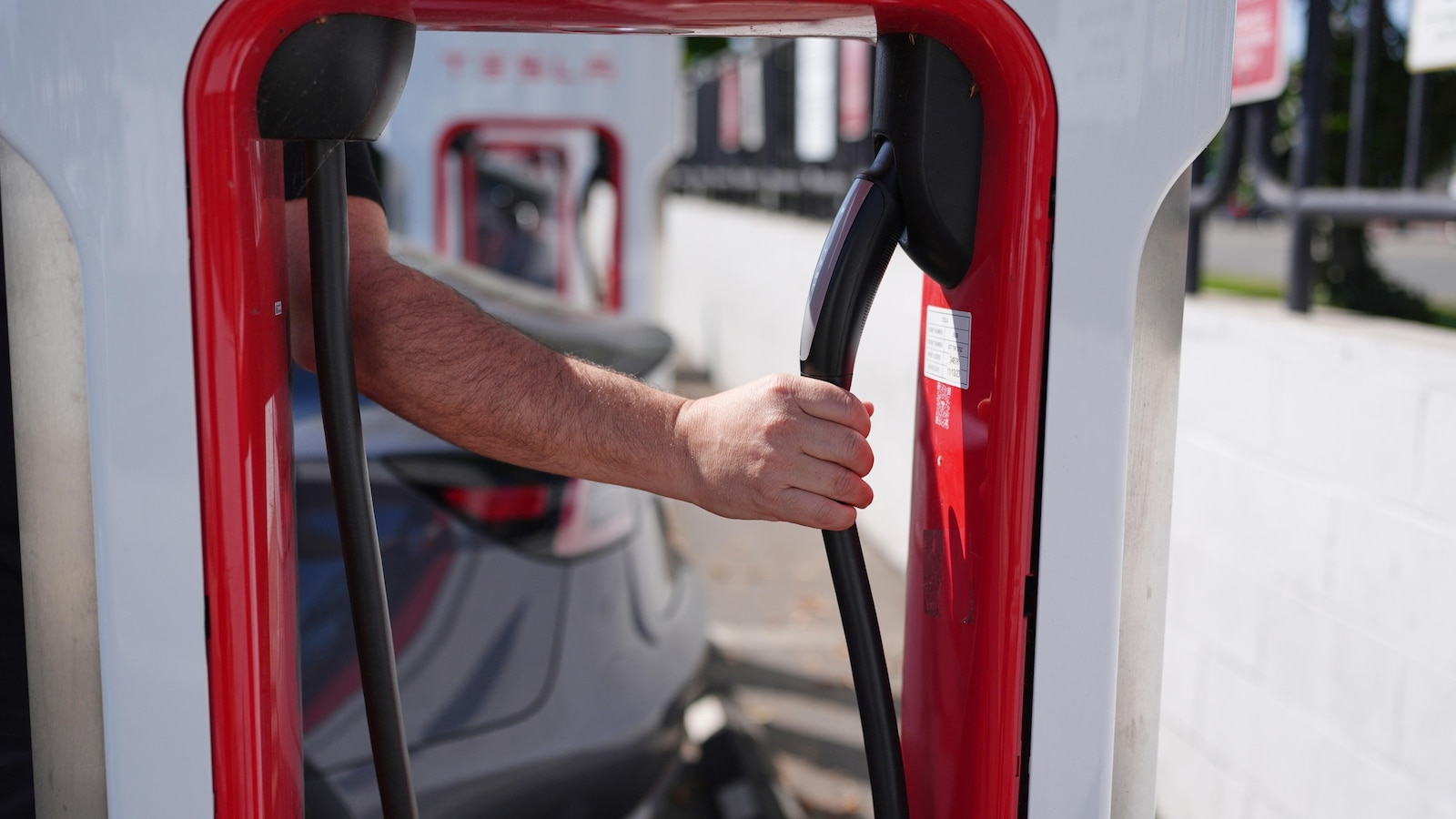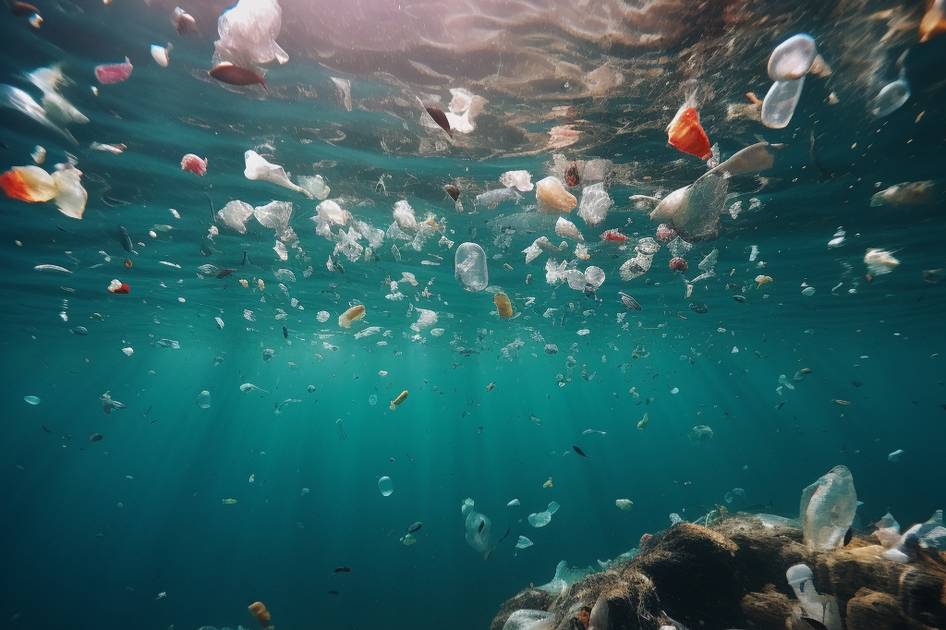A growing body of scientific research is beginning to quantify what the fashion industry has long suspected: synthetic clothing, particularly polyester, is one of the major sources of microplastic pollution in the world’s oceans. Now, a new…
Blog
-

Jennifer Lawrence Zhuzhes up a Classic Fall Outfit
Jennifer Lawrence’s formula for the perfect fall outfit is simple yet considered: an elevated piece of outerwear, a solid set of sunglasses, a statement bag, and some killer accessories. Yesterday, when attending the watchmaker Longines’s New…
Continue Reading
-
US gets rare earth reprieve from China, but not rollback – Reuters
- US gets rare earth reprieve from China, but not rollback Reuters
- China to Suspend Some Export Curbs as Trump Cuts Fentanyl Tariffs: Live News Bloomberg.com
- Is MP Materials’ Recent 292% Gain Justified After Strategic Supply Agreements? simplywall.st
- Don’t Fear the Dip: Rare Earth Stocks May Rebound Fast Nasdaq
- Trump-Xi sign rare earths deal: What is it and why is it so important? The Indian Express
Continue Reading
-

Tokyo Festival Chairman Discusses Trump, Budgets and Gender Pledge
In the five years since Hiroyasu Ando took sole charge at the top of Tokyo International Film Festival, the progress made under the energetic octogenarian former diplomat is palpable. Despite the distinctly inauspicious start of his first full…
Continue Reading
-

Scientists discover a way simulate the Universe on a laptop
As astronomers gather more data than ever before, studying the cosmos has become an increasingly complex task. A new innovation is changing that reality. Researchers have now developed a way to analyze enormous cosmic data sets using only a…
Continue Reading
-

StrongestLayer launches AI Advisor to verify unknown senders in real time
StrongestLayer has launched AI Advisor, an inbox-native security assistant designed to verify first-time senders and unknown contacts in real time. The Outlook and Gmail plugin provides instant, AI-powered analysis for any email that…
Continue Reading
-

Clean Energy Trade and Emerging Markets: the Impact of Tariffs on the Energy Transition
Emerging economies are expanding deployment of clean energy while seeking to strengthen domestic manufacturing of key technologies. As they pursue those goals, some nations are plotting higher import tariffs to protect local firms – a move that sits uneasily with rising clean-tech imports and which could increase the cost of the energy transition.
The Clean Energy Trade and Emerging Markets report – produced by BloombergNEF and commissioned by Bloomberg Philanthropies – assesses how trade and industrial policy are reshaping flows of clean technology. It examines electric vehicles (EVs), batteries, solar products and wind turbines to help policymakers weigh the trade-offs between industrial strategy and decarbonization.
Industrial policy is enjoying a global revival. China sits at the center of clean-tech manufacturing – hosting at least 80% of capacity across major parts of the solar and battery supply chains – and it is against this backdrop that governments are seeking to strengthen their own industrial capacity.
Exports from China to Asia, Africa and Latin America are booming, with low-cost solar panels, batteries and EVs helping accelerate the energy transition in power generation, storage and transport. Clean-tech imports are reshaping markets – from record solar installations in Pakistan to an influx of EVs in Brazil.
Over 2022 to August 2025, China’s share of clean-tech exports to emerging economies rose from 23% to 31%. Low tariffs have supported that growth, but that openness is prompting concern among policymakers outside China seeking to build domestic industries. Several large developing countries are now considering higher import duties.
Rising trade barriers, however, present a delicate balancing act. BloombergNEF analysis finds that imposing higher tariffs could significantly increase the cost of achieving clean-power goals. Under an “extreme” scenario – where solar modules face 100% import duties and batteries 50% – the total cost of meeting the 2030 “tripling renewables” targets across eight regions would rise by at least $137 billion, or 16%. With higher financing costs and narrower margins, emerging markets are particularly sensitive to such cost increases.
Tariffs can help attract investment, diversify supply chains and build local value – but they also risk slowing clean-tech deployment, raising costs and delaying decarbonization. Striking the right balance between industrial ambition and low-cost clean technology will be one of the defining policy questions of the decade.
Download the report here.
Continue Reading
-

OpenAI launches Atlas for enterprise AI customization
OpenAI’s latest launch gives companies a flexible way to deploy GPTs with team controls
Continue Reading
-
Fresenius Medical Care highlights real-world advances in hemodiafiltration and AI at ASN Kidney Week 2025
- Fresenius Medical Care researchers will present multiple abstracts that demonstrate proven, real-world benefits of hemodiafiltration (HDF), with one accepted as an oral presentation.
- Oral presentation highlights the association between HDF and reduced risk of cardiovascular and fluid-related hospitalization outcomes.
- Research shows how artificial intelligence is moving from theory into practice, supporting clinicians and patients in daily kidney disease care.
Bad Homburg (October 30, 2025) – Fresenius Medical Care AG (FME), the world’s leading provider of products and services for people with kidney diseases, will present new research showing how hemodiafiltration (HDF) is associated with improved outcomes for kidney patients and how innovations in artificial intelligence (AI) can support clinicians in daily care at the American Society of Nephrology (ASN) Kidney Week 2025, November 5-9 in Houston.“This research reflects Fresenius Medical Care’s commitment to patient-centered innovation, demonstrating how advanced therapies like hemodiafiltration can be tailored to improve outcomes in real-world settings,” said Frank Maddux, MD, Global Chief Medical Officer at Fresenius Medical Care. “By applying novel physical principles to kidney replacement therapy, we are leading the field in delivering transformative solutions that elevate the standard of care and advance precision medicine globally.”
FME’s Global Medical Office will present multiple abstracts across a range of critical topics in nephrology, underscoring the company’s commitment to advancing kidney care through innovation and evidence-based science.
Key presentations include:
- Hemodiafiltration is associated with reduced risk of cardiovascular and fluid-related hospitalization outcomes: Highlights how HDF may lower the risk of cardiovascular- and fluid-related hospitalizations.
- Implementation of Online High-Volume Hemodiafiltration in a Chronic Hemodialysis Center in the U.S.: Describes the first chronic dialysis unit to introduce high-volume HDF in the U.S.
- Preventing Falls in Patients on Dialysis Through Artificial Intelligence (AI)-Driven Risk Prediction: Showcases an AI model that predicts patients’ fall risk within a 31-day period.
- Supporting Clinician Adoption of Hemodiafiltration: A Real-Time Artificial Intelligence (AI) Chatbot with Verified Clinical Sources: Introduces a clinician-facing AI chatbot designed to educate and support clinicians implementing HDF.
- From Prompt to Plate: Can ChatGPT Plan a Safe and Clinically Appropriate Diet for Hemodialysis Patients?: Evaluates whether generative AI and large language models can provide safe, nutritionally accurate meal plans for dialysis patients.
“It excites us to see how our research and innovation can translate to everyday practice,” said Maddux. “By combining real-world evidence with innovative technologies, Fresenius Medical Care is helping shape the future of nephrology and set new standards for kidney care.”
In addition to scientific presentations, FME will participate in the following events during ASN Kidney Week:
- FME will host a breakfast symposium, “HighVolumeHDF: The Next Standard of Care for U.S. Patients – Evidence and Practical Use,” as part of the ASN Exhibitor Spotlight series (Thursday, November 6).
- ASN will present an educational symposium, “Hemodiafiltration: Considerations for Incorporation into Dialysis Care,” supported by an educational grant from Fresenius Medical Care (Friday, November 7).
- The Renal Research Institute (RRI), a subsidiary of Fresenius Medical Care, will host its annual symposium, “Reimagining Frontline Care: The Power of Research, AI, and Innovation,” highlighting real-world applications of AI and digital tools in kidney care (Tuesday, November 4).
FME leaders and researchers will also be available onsite at Booth #1815 to discuss research insights, clinical collaborations, and innovations in kidney care. Representatives from RRI will be available at Booth #1838.
To learn more about the company’s presence at ASN this year, please visit https://freseniusmedicalcare.com/en-us/asn-2025/.
Continue Reading
-

Study finds EVs quickly overcome their energy-intensive build to be cleaner than gas cars
DETROIT — Making electric vehicles and their batteries is a dirty process that uses a lot of energy. But a new study says that EVs quickly make up for that with less overall emissions through two years of use than a gas-powered vehicle.
The study also estimated that gas-powered vehicles cause at least twice as much environmental damage over their lifetimes as EVs, and said the benefits of EVs can be expected to increase in coming decades as clean sources of power, such as solar and wind, are brought onto the grid.
The work by researchers from Northern Arizona University and Duke University, published Wednesday in the journal PLOS Climate, offers insight into a transportation sector that makes up a big part of U.S. emissions. It also comes as some EV skeptics have raised concerns about whether the environmental impact of battery production, including mining, makes it worthwhile to switch to electric.
“While there is a bigger carbon footprint in the very short term because of the manufacturing process in creating the batteries for electric vehicles, very quickly you come out ahead in CO2 emissions by year three and then for all of the rest of the vehicle lifetime, you’re far ahead and so cumulatively much lower carbon footprint,” said Drew Shindell, an earth science professor at Duke University and study co-author.
The researchers evaluated several harmful air pollutants monitored by the Environmental Protection Agency, as well as emissions data, to compare the relative impact over time of EVs and internal combustion engines on air quality and climate change.
Their analysis said that EVs produce 30% higher carbon dioxide emissions than gasoline vehicles in their first two years. That can be attributed to the energy-intensive production and manufacturing processes involved in mining lithium for EV batteries.
They also sought to account for how the U.S. energy system might develop in coming years, assuming growth in clean energy. And they modeled four different scenarios for EV adoption, ranging from the lowest — a 31% share of vehicle sales — to the highest, 75% of sales, by 2050. (EV sales accounted for about 8% of new vehicle sales in the U.S. in 2024.)
The researchers said the average of those four models found that for each additional kilowatt hour of lithium-ion battery output, carbon dioxide emissions drop by an average of 220 kilograms (485 pounds) in 2030, and another 127 kilograms (280 pounds) in 2050.
The consistent decrease in CO2 emissions from EVs is “not only driven by the on-road vehicles, but also reduction that has been brought due to electricity production,” said lead author Pankaj Sadavarte, a postdoctoral researcher at Northern Arizona University.
Greg Keoleian, a University of Michigan professor of sustainable systems who wasn’t involved in the research, called it a “valuable study” that echoes other findings and “confirms the environmental and economic benefits” of EVs.
“Accelerating the adoption of battery electric vehicles is a key strategy for decarbonizing the transportation sector which will reduce future damages and costs of climate change,” he said.
Shindell, the Duke researcher, said the grid will evolve to have more solar and wind power.
“When you add a bunch of electric vehicles, nobody’s going to build new coal-fired power plants to run these things because coal is really expensive compared to renewables,” he said. “So the grid just overall becomes much cleaner in both the terms of carbon emissions for climate change, and for air pollution.”
Outside experts agreed — as long as the policy landscape supports it. That hasn’t been the case under President Donald Trump, who has worked to boost fossil fuels and restrain solar and wind power development.
“The great news is the rest of the world isn’t slowing down in terms of its embrace of this technology,” said Ellen Kennedy, principal for carbon-free transportation at RMI, a clean energy nonprofit. As for the U.S., she said, “I think it’s important to keep in mind states and local governments, there’s a lot that’s happening on those fronts.”
One thing the study didn’t address was recycling or disposal of batteries at the end of their life. Kennedy said battery recycling will improve, helping to address one of the environmental impacts of their production.
The study comes at a notable time given the challenges that EVs face in the U.S.
EVs have seen more interest in recent years as an alternative to gas-powered cars and trucks — particularly as they become more affordable and charging infrastructure becomes more available.
But growth has slowed amid shifting federal policy toward EVs and an industry step back from ambitious EV production promises.
Former President Joe Biden set a target for 50% of all new vehicle sales in the U.S. to be electric by 2030. But Trump reversed that policy, and Congress has terminated federal tax credits for an EV purchase. The administration has also targeted vehicle pollution rules that would encourage greater uptake of EVs in the U.S., and the president has attempted to halt a nationwide EV charging buildout.
“The study is important to show how really misguided the current administration’s policies are,” Shindell said. “If we want to protect us from climate change and from the very clear and local damage from poor air quality, this is a really clear way to do it: Incentivize the switch from internal combustion engines to EVs.”
___
Alexa St. John is an Associated Press climate reporter. Follow her on X: @alexa_stjohn. Reach her at ast.john@ap.org.
___
Read more of AP’s climate coverage.
___
The Associated Press’ climate and environmental coverage receives financial support from multiple private foundations. AP is solely responsible for all content. Find AP’s standards for working with philanthropies, a list of supporters and funded coverage areas at AP.org.
Continue Reading
